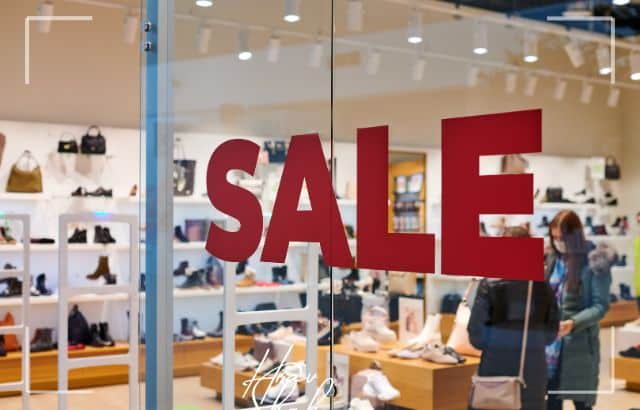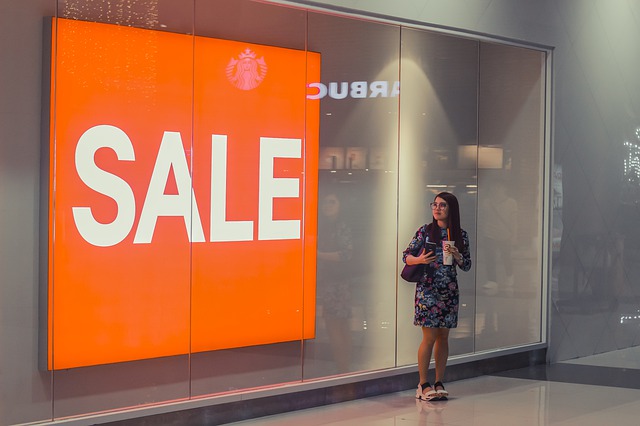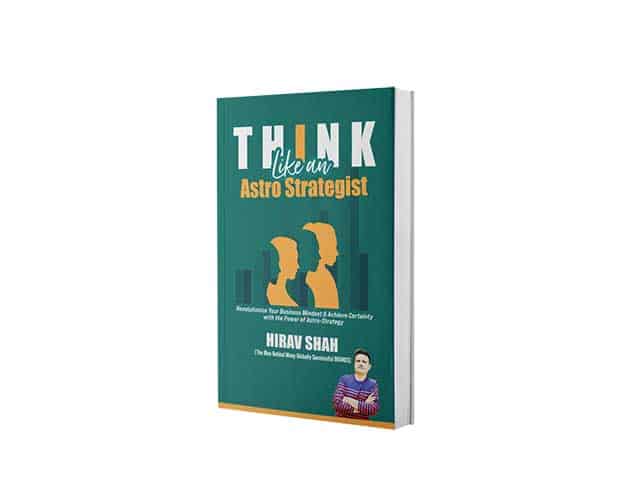Malls vs Retail Stores- Shopping habits have evolved significantly in recent years, offering consumers a variety of choices that extend beyond the traditional retail experience. Two primary options stand out: malls and standalone retail stores. Each has its own set of advantages and challenges, and understanding these can help you make the best choice for your shopping needs.
Table of Contents
The Mall Experience

1. Convenience and Variety Malls are like shopping ecosystems. They typically house a diverse range of stores, from high-end boutiques to budget-friendly outlets, all under one roof. This variety makes malls a one-stop-shop for many, saving time and effort. Additionally, malls often feature restaurants, entertainment options, and even fitness centers, making them a versatile destination.
2. Social and Leisure Activities Beyond shopping, malls offer social and leisure activities. With food courts, movie theaters, and event spaces, malls can serve as a social hub. This aspect can enhance the shopping experience, turning it into a day out rather than just a trip to buy something.
3. Seasonal Events and Promotions Malls often host seasonal events, sales, and promotions, which can be a major draw. From holiday decorations to special discounts and live entertainment, these events can make shopping at malls an exciting experience.
4. Customer Service and Assistance Malls usually have customer service desks and personal shoppers who can help with specific needs. This can be particularly beneficial if you need assistance navigating a large shopping space or if you’re looking for something specific.
Challenges of Malls:
- Crowds: Malls can be crowded, especially during peak times like weekends or holiday seasons, which might make shopping less enjoyable.
- Parking: Finding a parking spot can be a hassle, particularly in busy areas.
- Cost: Malls can sometimes be pricier due to overhead costs that are passed on to consumers.
Standalone Retail Stores

1. Specialized Shopping Experience Standalone retail stores often specialize in a specific category or brand. This specialization means they may offer a more curated selection and knowledgeable staff who are experts in their field. If you’re looking for high-quality products or niche items, these stores can provide a tailored shopping experience.
2. Personalized Service Often, standalone stores offer a more personalized service. With fewer customers and a more focused product range, staff can spend more time helping you find exactly what you need. This can enhance the overall shopping experience and help you make informed decisions.
3. Quieter Shopping Environment Generally, standalone stores are less crowded than malls. This quieter environment can make shopping more relaxed and less stressful, allowing for a more focused and enjoyable experience.
4. Unique Finds Standalone stores, especially boutique or local shops, often carry unique items that you won’t find in malls. This can be a significant draw if you’re looking for something distinctive or supporting local businesses.
Challenges of Standalone Retail Stores:

- Limited Range: Compared to malls, standalone stores might have a more limited product range or selection, requiring visits to multiple locations for a broader shopping experience.
- Less Variety: Without the variety of other stores in close proximity, you may not have as many options for comparison shopping.
- Accessibility: Depending on location, standalone stores might be less accessible, requiring more effort to visit.
Frequently asked questions and answers based on Malls vs Retail Stores

How do malls and retail stores differ in their shopping experience?
Answer: Malls typically offer a variety of shopping, dining, and entertainment options in one location, creating a social and immersive experience. Retail stores, on the other hand, often focus on a specific type of product and may provide a more specialized shopping experience. Malls benefit from high foot traffic and a diverse environment, while retail stores can offer a more personalized and focused customer experience.
What factors contribute to the success of malls in the shopping landscape?
Answer: The success of malls can be attributed to their ability to attract a broad audience through a mix of anchor stores, dining options, and entertainment facilities. High visibility, strategic location, and a variety of retail choices also play crucial roles. Malls often create a destination experience that encourages longer visits and repeat traffic.
How can retail stores compete with the growing popularity of malls?
Answer: Retail stores can compete by offering exceptional customer service, unique product offerings, and personalized shopping experiences. Emphasizing online presence with efficient e-commerce options, using data analytics to understand customer preferences, and creating loyalty programs can also help retail stores maintain a competitive edge.
What insights has Hirav Shah shared about the future of shopping environments?
Answer: Hirav Shah has projected that the future of shopping will increasingly blend online and offline experiences. Malls are expected to evolve by integrating more digital experiences and community-oriented spaces. Retail stores will need to innovate by enhancing in-store experiences and leveraging technology to meet changing consumer expectations.
How important is location for the success of malls compared to retail stores?
Answer: Location is crucial for both malls and retail stores, but its impact can vary. For malls, being situated in high-traffic areas with easy accessibility helps attract diverse shoppers. For retail stores, prime locations can drive foot traffic and visibility, but success also depends on factors like store layout, product selection, and customer service.
What are some strategies malls are using to stay relevant in today’s market?
Answer: Malls are adapting by incorporating experiential elements like interactive entertainment, live events, and pop-up shops. They are also embracing technology with features such as app-based navigation, digital directories, and virtual try-ons. Creating spaces for social interaction and community engagement helps malls maintain relevance and attract visitors.
What role does innovation play in the future of retail stores?
Answer: Innovation is vital for the future of retail stores as it drives differentiation and enhances the shopping experience. This includes adopting advanced technologies like augmented reality, utilizing data analytics for personalized marketing, and integrating seamless omnichannel strategies. Innovation helps retail stores meet evolving consumer expectations and stay competitive.
Malls vs Retail Stores

Ultimately, whether you choose to shop at malls or standalone retail stores depends on your personal preferences and needs. If you value variety, convenience, and a multifaceted experience, malls might be the way to go. On the other hand, if you prefer a specialized shopping experience with personalized service, standalone stores could be more suitable.
Both options have their own set of advantages and challenges, and sometimes the best approach is to enjoy the best of both worlds. Consider mixing your shopping trips between malls for variety and standalone stores for specialized needs to maximize your overall shopping satisfaction.










